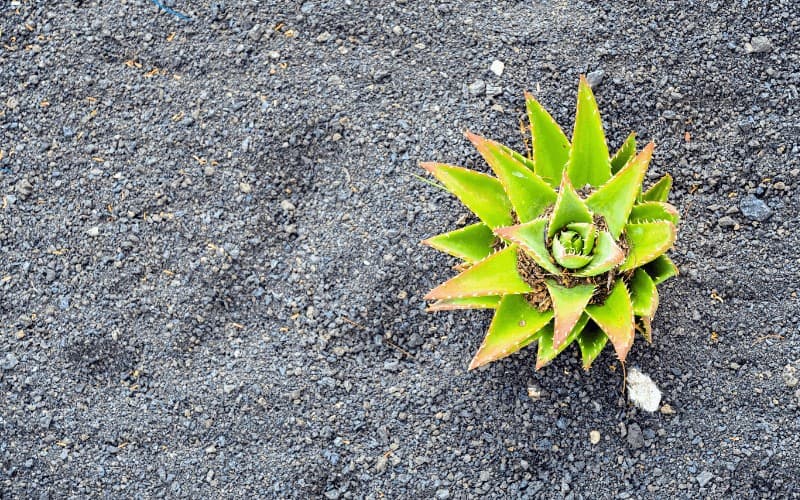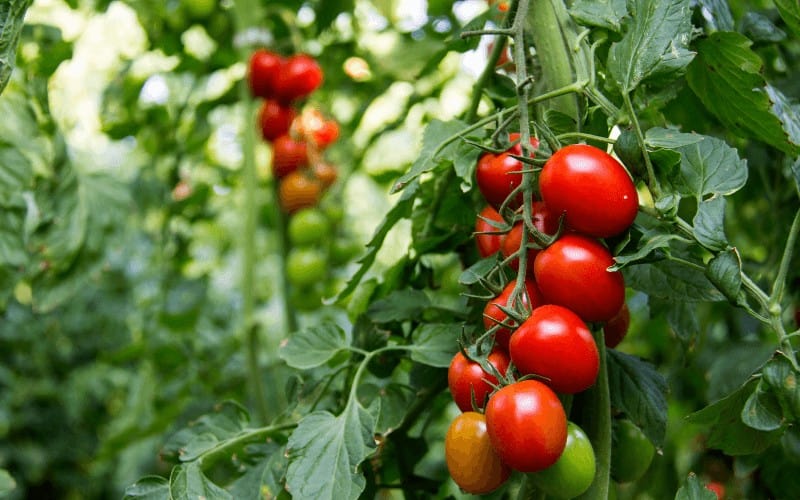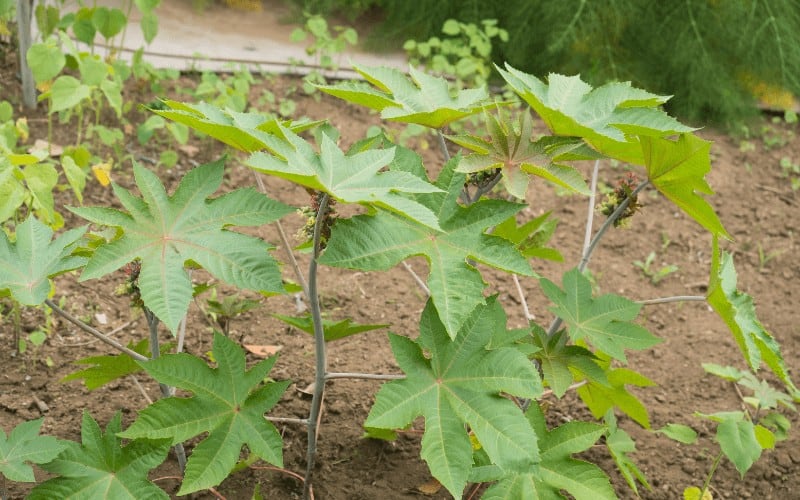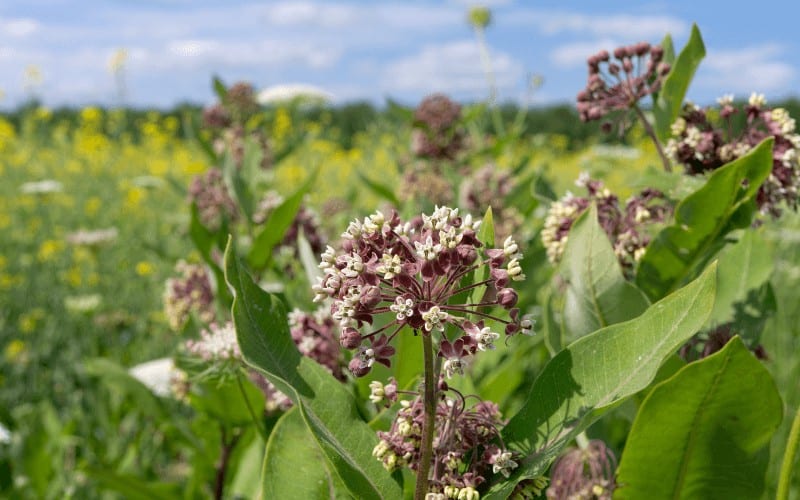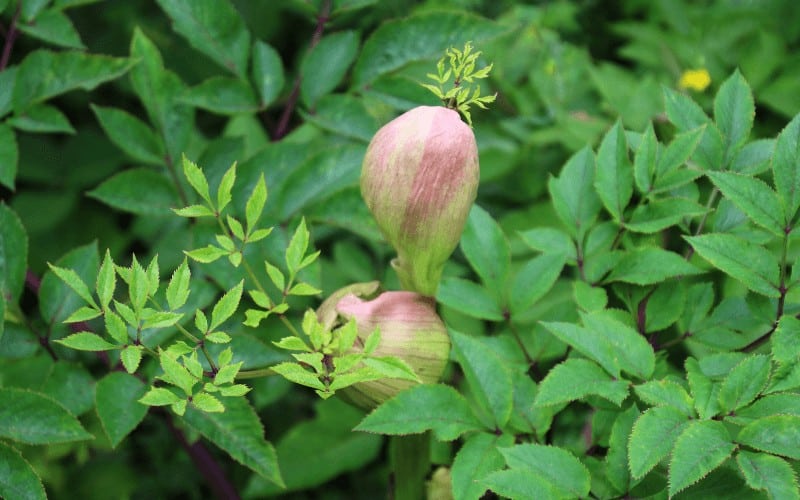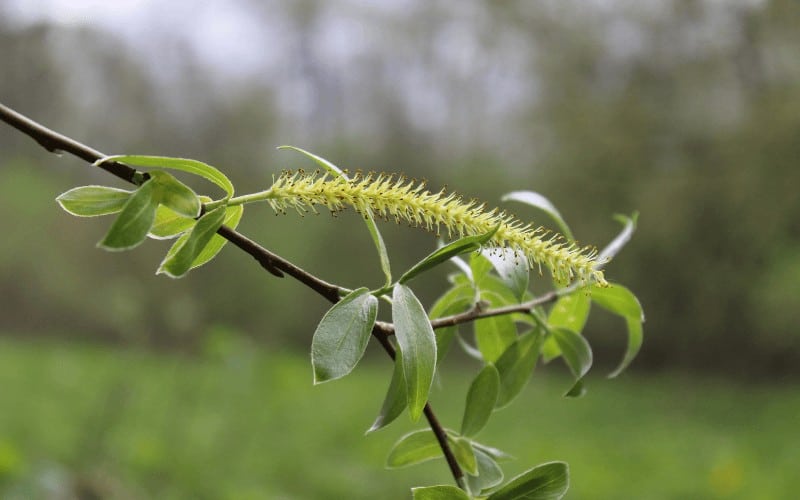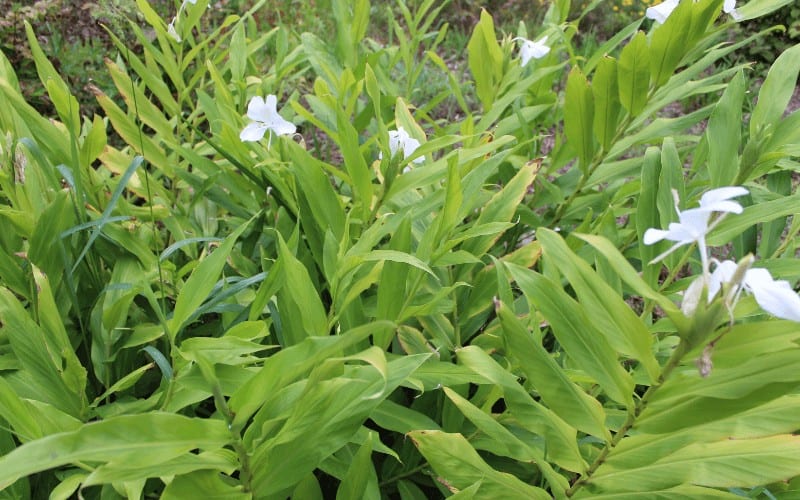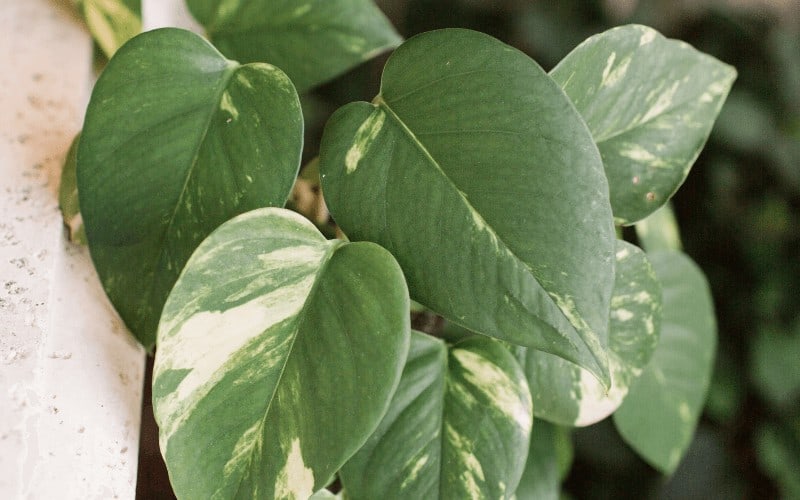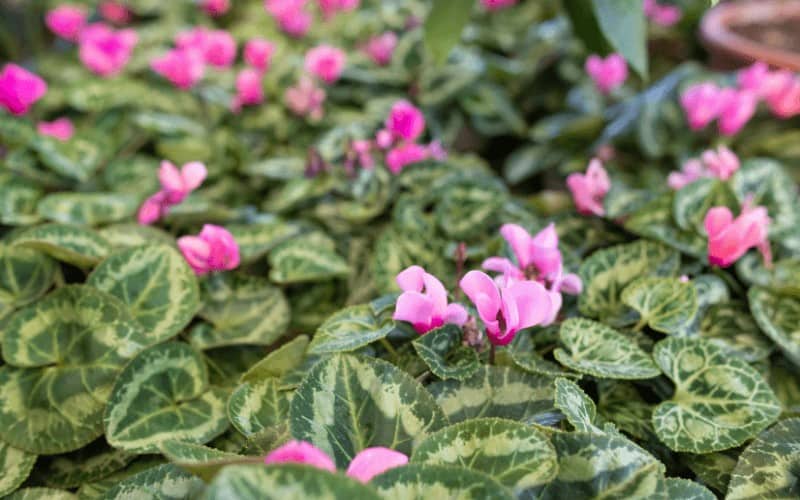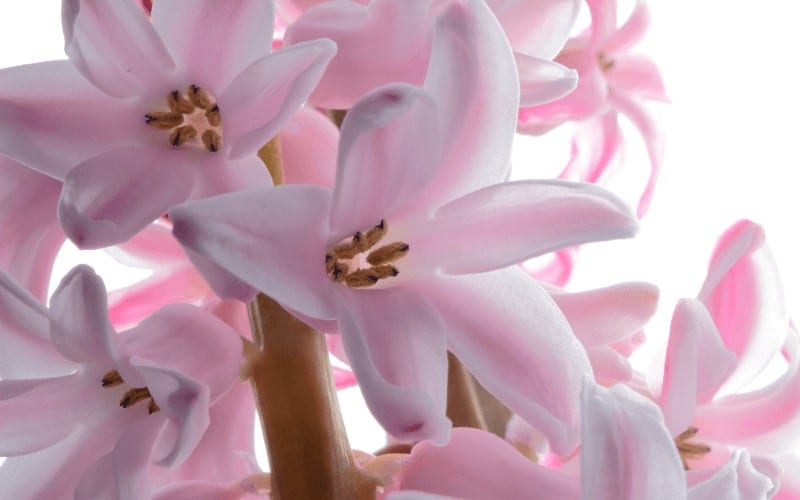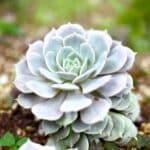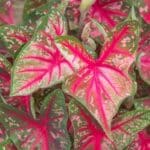If you have a dog and a garden in your home and worried that some of the plants in your garden might be poisonous for your dog, then this article is for you. We're going to show you 15 poisonous plants for dogs that you should be careful about.
There's a long list of plants that are highly toxic and even deadly to dogs -- and this article will give you an insight into what plants you should never buy, beware of when taking your dog on walks, or immediately get rid of if you already had them in your home garden.
Let's get started!
Table of Contents
What Plants are Poisonous for Dogs?
Plants considered poisonous for dogs are not necessarily dangerous or considered inherently toxic plants, but are peculiarly so to dogs, and perhaps, some other pets.
The importance of this clarification is that you have a proper understanding of these plants' nature and not discredit or undermine the fact that some of them are good for your eyes (aesthetics) and general well-being.
Top 15 Poisonous Plants For Dogs
Here's a list of 15 poisonous plants for dogs that you should be aware of:
1. Daffodils
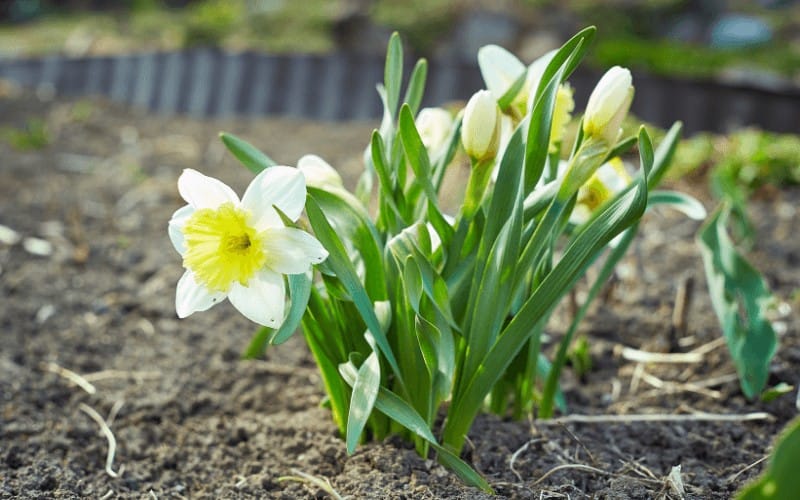
Otherwise known as narcissus, jonquil, or paperwhite, daffodils are undoubtedly one of the first blooms to announce spring arrival. Though loved by many asthma and recurring colds patient, the sweet-smelling bright yellow spring bloomers are one that dogs dread.
You might think twice about planting them if yours is a dog who likes to dig. The bulbs are the most poisonous part of these pretty flowers, and ingesting even a little of it could cause vomiting, diarrhea, abdominal pain, respiratory depression, convulsions, and heart problems.
2. Aloe Vera
Not so many plants in existence possess as many remarkable benefits as aloe vera does. Humans have always used the aloe vera plant from hair to skin to soothing cuts and relieving burns and other health needs since time immemorial.
However, aloe vera's saponins (the cleansing agent in the plant) are gravely poisonous to dogs, making it a plant they need to avoid.
The aftermath of any ingestion includes weakness, vomiting, diarrhea, lethargy, tremors, and change in urine color, central nervous system depression, and skin irritation if the juice comes in contact with their skin.
3. Tomato plants
Keep your tomato garden far away from your dog house and your dog from your tomato garden to avoid the latter experiencing faintness, drowsiness, gastrointestinal problems, dilated pupils, slow heart rate, and nervous system breakdown.
While ripe tomatoes are relatively safe to feed your dogs, solanine, a substance found in the tomato plant's stem and leaves, is harmful to dogs in large quantities. You can find the meaning in the leaves, stems, and young, green tomatoes.
If you can ensure keeping your tomato farm safe from the reach of your dog, then there wouldn't arise much worry about them ingesting the green tomatoes or chewing on the stem and leaves that contain the poison.
4. Azaleas
Popularly used as border plants, especially in Japanese gardens, Azaleas belong to Rhododendron species known to be toxic to dogs.
Therefore, it is in your best interest to get rid of this class of plants and have a place in your surroundings. Ingesting just a few leaves can send a dog into digestive distress, paralysis, loss of appetite, drooling, drowsiness, and slowed heart rate.
In extreme cases, you'd be looking at coma or death. Honestly, it's your dog or this plant, not both of them at the same time.
5. Castor Oil Plant
The magic oil that plays a part in many home remedies, who doesn't know castor oil? The surprising contrast is that the actual plant itself is more likely to harm anyone than cure, especially dogs.
Cornell University College of Agriculture and Life Sciences reports that the seeds contain one of the universe's most poisonous naturally occurring substances (the toxic protein ricin).
Just one seed can leave your dog battling issues ranging from severe dehydration, rhythm abnormalities, vomiting, and diarrhea.
6. Milkweed
Overly familiar, super pleasant to look at, but also an extremely poisonous plant for dogs.
Ingestion of milkweed might very well start with the usual vomiting and diarrhea. Still, your dog may also experience difficulty breathing, rapid to weak pulse, abdominal pain, dilated pupils, and even kidney or liver failure and death.
7. Water Hemlock
Water Hemlock, with the scientific name wisteria spp, is a plant from the Fabaceae family.
The petite white flowers might appear in your garden as weeds, but if your dogs are the curious ones, you should remove them before they get to them.
White hemlock's toxin attacks the nervous system, causing them diarrhea, depression, and vomiting (sometimes with blood).
8. Chrysanthemum
Although gorgeous to behold and confirmed safe for humans to consume, chrysanthemums are responsible for a number of plant poisoning calls dog owners can make.
If ingested, symptoms include vomiting, diarrhea, drooling, dermatitis, and incoordination, depending on the weight of your dog. Luckily, they're rarely fatal.
9. Philodendro
Philodendrons are the new rave for plant lovers. However, if ingested by your dog, the sap from the fashionable houseplant can immediately lead to mouth and skin irritation, breathing difficulties, burning pain, throat swelling, and stomach upset. Fortunately, severe reactions are not a common thing.
10. Lilies
The best course of action would be to stay away from them all, because the species—peace, Peruvian, and Calla, contain oxalate crystals that cause minor signs of poisoning in dogs.
True lilies—Tiger, Day, Asiatic, Easter, and Japanese show lilies, on the other hand, are to be wholly dreaded in surroundings that have dogs. This is because ingesting any part of the plant can cause complete kidney failure in 36-72 hours, says the University of California, Davis.
The first symptoms appear in a few hours and may include loss of appetite, diarrhea, lethargy, and vomiting.
11. Golden Pothos
You'd think there's no reason to mention the golden pothos here since it's most commonly a hanging house plant (especially on the patio trellis).
In any case, it is worth mentioning because, over time, the leaves of this plant can eventually wither, fall off, and the leaves drop on to the ground, where your dog can step on or ingest them.
The insoluble calcium oxalates inherent in this plant can result in burning sensations inside their mouths, drooling, vomiting, and fatigue.
12. Sago palm
Although not technically a palm, the sago palm is an ornamental plant particularly poisonous to pets, mainly because this plant is alluring in smell and taste.
The seeds are said to contain the highest amount of toxin. It is even more dangerous because they look like dog treats after they drop from the plant.
When ingested, the toxin symptoms include jaundice, vomiting, difficulty in breathing, blood clots, intestinal spasms, tremors, gastritis, liver failure, and death.
The best resolution would be to get rid of this plant if you have one in your home or avoid areas where they are existent when walking your dog.
13. Holly
Although with low to mild toxicity effects, holly is a popular ornamental shrub and another poisonous plant for dogs. When ingested, this radiant plant can cause drooling, diarrhea, vomiting, and general lethargy in dogs.
If you insist on having both this plant and a dog in your home, ensure that you can keep them apart from each other.
14. Cyclamen plant
Native to Europe and the Mediterranean Basin east to Iran, the cyclamen is a genus of 23 species of perennial flowering plants in the family Primulaceae.
This plant's rhizomes house the toxic glycoside cyclanin, which is a terpenoid saponin that endangers red blood cells. Ingestion can lead to salivation, vomiting, diarrhea, loss of appetite, heart rhythm abnormalities, and seizures in dogs. Keep off!
15. Hyacinths
A little ingestion of the alkaloids in hyacinths – a chemical compound can cause your profuse dog drooling, vomiting, and diarrhea, while more massive ingestions, especially of the bulb, can result in severe poisoning accompanied by symptoms including increased heart rate, difficulty in breathing, intestinal spasms, etc.
What are our thoughts? Resist the beauty and fragrance of the spring-blooming perennial, get rid of all hyacinths in your home and garden, and avoid the path that harbor them when you take walks with your dog.
Read Also:
- Find Out If Coreopsis Is Poisonous to Dogs
- Check If Bugleweed is Toxic To Cats
- Why Is Irish Moss Safe for Dogs?
- How Is Bougainvillea Poisonous to Cats?
- Are Pansy Plants Safe For Cats?
Conclusion
Gastrointestinal chaos, drooling, vomiting, low blood sugar, blood clots, refusal to eat, diarrhea, respiratory disorder, kidney and liver trauma, coma, even death can occur to your dog, thanks to an encounter with a poisonous plant.
If you've gone through our list of 15 poisonous plants for dogs and are still insistent on keeping one or two of these plants in the same environ as your dog, ensure that you do so knowing the risk each of the afore-mentioned plants poses, and are committed to guaranteeing the safety of your dog, always.
Nevertheless, keep the contact of your local veterinary doctor handy, for incase the day when your dog will find its way to a toxic plant and accidentally ingests it.

